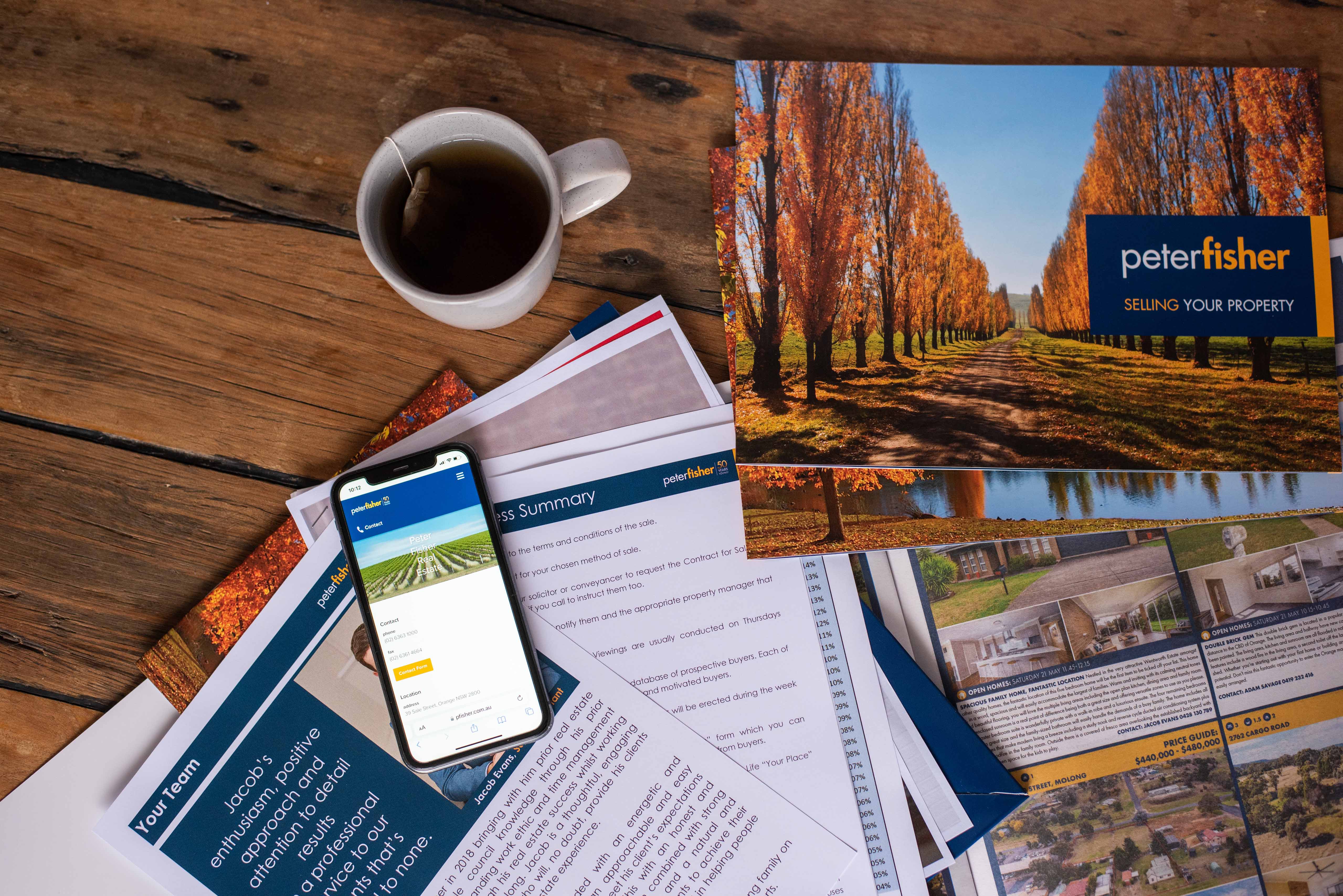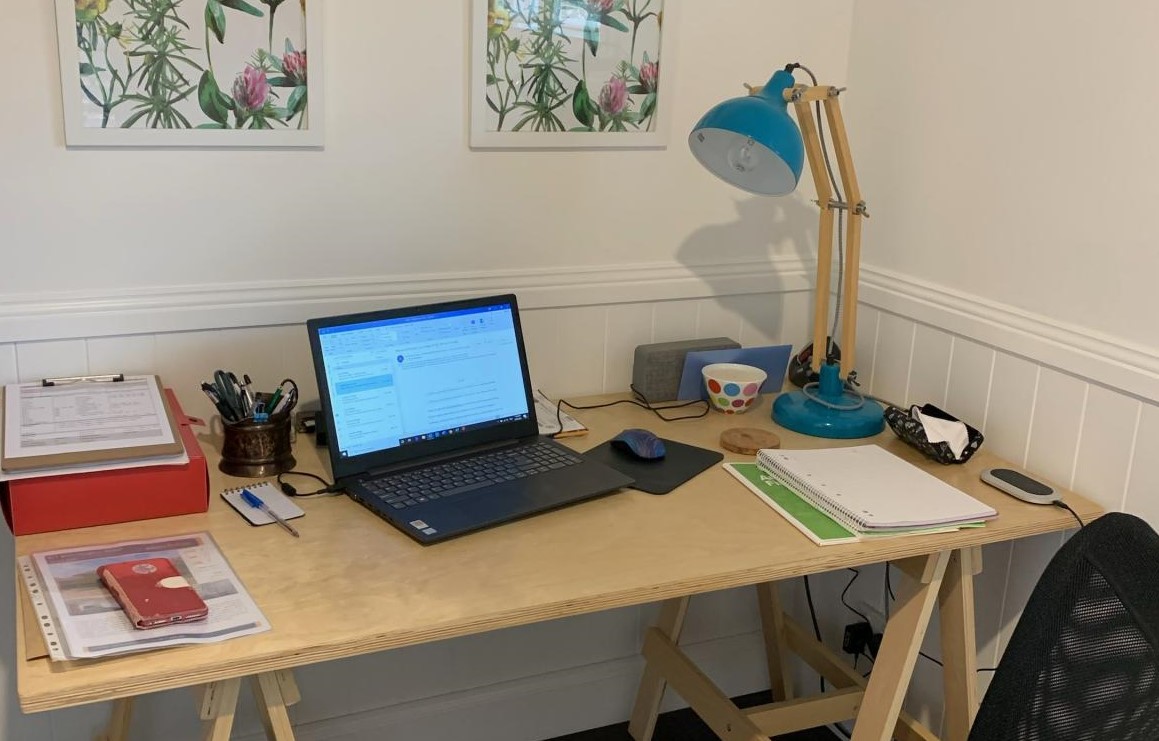11 Ways to Make Your Home More Efficient
Whether you’re trying to bring down your energy bills or you’d like to minimise your environmental footprint, we’ve put together some easy ways to make your home run more efficiently.
There are plenty of good reasons to make your home more energy-efficient: it’s better for the environment, better for your conscience and better for your wallet.
Luckily, it doesn’t take a whole lot to boost your home’s efficiency – often, it’s as simple as making a few tweaks to your everyday habits.
- Switch out (and switch off) your appliances
Appliances swallow up a whopping 30% of total energy usage, making them a great place to start.
That washing machine you’ve had since the late 80s? While its retro style might look nice in your laundry, it’s probably not doing your energy bills any favours.
Older appliances tend to use lots of energy, while newer ones are designed to be more energy efficient. Switching them out where possible can help lower your energy usage and, consequently, your bills.
Switching off your appliances at the wall when they’re not in use, rather than leaving them in ‘standby’ mode, can also decrease your power bill by up to 10%.
If you’re interested in controlling these appliances in a central location you can purchase a standby monitor – an electronic device that allows you to turn these off quickly and easily, while also keeping track of the energy they’re using.
- Switch from gas power to electricity
While we’re on the topic of appliances, consider which form of energy they consume. If they use gas and they’re in need of replacing, consider purchasing the electric version next.
Chances are the electric version will be cheaper, and, as electricity is easier to get from sustainable sources, it’ll help you reduce your home’s reliance on fossil fuels over the long term.
While you’re out shopping, take care to notice the energy rating on any new appliance you’re considering.
The more stars it has the cheaper it’ll cost to run over the long term, so that needs to play a part in any purchasing decision amid a climate of rising energy costs.
- Be water wise
You can save quite a bit on your energy and water bills by making some adjustments to your home and the way you use water. These include:
Install a water-efficient showerhead
Also known as low-flow or water-saving showerheads, these nifty devices cut back on water usage without sacrificing shower pressure.
Being conscious of water usage
Turn the tap off while brushing your teeth or shaving, dock a minute or two off your shower and sweep the driveway instead of hosing it down. And if you need water for a cuppa, there’s no need to boil an entire kettle’s worth – just heat what you need.
Repair leaks
A small drip may seem like a small problem, but over time and left unrepaired, it can consume a lot of water and therefore increase your water bill.
Reduce your ‘hot’ temperature
Where possible, use the cold water setting on your washing appliances to reduce energy usage or, in the case of your dishwasher, change the setting to fit the situation – it potentially doesn’t need to stay in the hottest setting for every wash.
While we’re on the subject of temperature, the next time you have a plumber around ask them to check your default hot temperature in your house.
If it’s too high it could be unsafe, especially if kids have access to the hot tap, not to mention cost you more as it heats the water to a higher temperature. Home hot water should be stored at 60 degrees to reduce the chance of bacteria growth, but this temperature can scald if it comes in contact with skin.
You may have the option to install a valve that reduces the temperature in the bathroom to avoid scalding but keep it at 60 degrees where necessary for safety.
Use tanks to collect rainwater
Water tanks are a fantastic way to cut down costs for household water, which is becoming increasingly expensive.
For a few hundred dollars you can set up your own rainwater catchment system to use on the garden, which will make it a more enjoyable space knowing it’s not costing you the earth to keep those precious plants watered over the dryer months.
Tanks can even be picked up second-hand for a fraction of the price of buying new.
- Dress for the weather to reduce heating and cooling costs
We can all agree a balmy 25C room in the dead of winter feels pretty good. What doesn’t feel so good is when you realize how much energy it’s chewing up. By being smart with your heating (and cooling) you can cut your energy bill quite substantially.
First up, dress for the weather. In winter, that means jumpers and lots of layers, while in summer opt for loose, breezy clothing that breathes. Doing this will reduce your reliance on heating and air-conditioning.
Finally, when the weather turns cold and you’re tempted to blast the central heating, decrease your thermostat by a couple of degrees.
You may not even notice the difference in temperature – especially if you’re dressed for the cooler weather – but you’ll notice a difference to your power bill.
- Embrace second-hand homewares
While shopping at op shops might not be your cup of tea, second-hand homewares are worth considering for environmental, aesthetic and cost-saving reasons.
Shop the imperfect aisle when looking at homewares
Furniture brands such as IKEA are attempting to reduce their impacts on the environment by giving consumers the chance to purchase imperfect items at a greatly reduced cost.
Scroll over to that second-hand marketplace
Online secondhand marketplaces are booming as people sell their old possessions for real money, while also reducing landfill.
These platforms are full of high-quality, unique and low-cost items that people are getting rid of for all kinds of reasons, including some that have just purchased the wrong item and can’t get a refund.
So before you buy brand new, take a look at second-hand options first – you could save a bundle of cash.
Sell your stuff if it’s in great condition
Before you throw out your old homewares, clothing, or renovation material – first consider if it might be in good enough condition for someone else to take. You could make more money back than you’d think.
The reality is that while you might not love an item anymore, chances are someone else will. And they’ll be willing to pay for it.
- Catch (and kill) those draughts
You’d be surprised at how much difference air gaps can make, especially in older homes, and fixing them is easy and shouldn’t cost much more than a few dollars.
Around doorframes and windows
Most hardware stores sell gap filler strips for door frames that will stop draughts from getting in.
Simply attach the strips to the edges of your windows and doorframes.
In-between walls and flooring
Have a look around to see if you can spot any other gaps between walls and flooring that shouldn’t be there.
Fixing them is as easy as squirting a little gap filler into the hole and smoothing it off. This will help keep that cold air from getting in and stealing your heat.
- Check your insulation
Insulation might not be sexy or glamorous but is a heavy lifter when it comes to reducing power bills.
Insulation is a thick layer of material that acts as a woolly jumper for your home, keeping the warm air in when the weather’s cold and out when it’s hot.
Generally, it’s installed in the roof cavity, between the walls, and under the floors of a house to reduce the need for heating and cooling, in some cases entirely.
Newly built homes are legally required to have a minimum level of insulation as part of the standard building codes for housing.
However, older homes can be lacking in insulation and therefore cost much more to heat and cool as more air is transferred between inside and out.
While some homes could be missing insulation entirely, many will just need to have their insulation redone, which is considerably cheaper than starting fresh.
- Re-design your home’s lighting cheaply and easily.
While it’s no secret that traditional incandescent lightbulbs are a thing of the past, there’s a lot happening in the brand-new era of smart lighting that’s making homes more efficient, as well as more aesthetically pleasing.
Here’s how to achieve a more efficient and cozy home using lighting:
- Locate the bulbs that need changing
Firstly, do a scout around the home and locate all the old incandescent and halogen bulbs.
Be sure to check the lights outside as well as in.
- Consider how much light is actually needed
Lighting a room used to be just about popping in an overhead fixture and forgetting about it.
But these days there are so many more options around mood-enhancing lighting, practical lighting, understanding different light temperatures and even smart globes so it’s worth taking a look around at some of the options.
Warm, dim lighting is best for cozy zones
If you’re looking to create a cozy, relaxed atmosphere in the living room – consider using a combination of lamps and low-brightness overhead pendant lights to make the space warmer and less clinical.
Bathrooms are traditionally well-lit zones, but if you’re soaking in a tub after a long week you’ll probably find a dimmer space more relaxing as you enjoy your glass of red wine and surround yourself with bubbles.
Practical lighting is best for work zones
On the other hand, practical lighting above kitchen benches and next to the makeup mirror makes it less likely you’re casting your own shadow and enable you to get the job done easier.
Take a look at our graph below to start thinking about possible lighting solutions for your house.
Room/space |
Possible lighting options |
Kitchen |
A pendant light hung low over the dinner table to encourage conversation
|
Living room |
Multiple low-wattage lamp lighting to boost ambiance
|
Bathroom |
Dimmable light for relaxing baths
|
Bedroom |
Low-wattage, warm lights to encourage drowsiness before sleep
|
Study / WFH zone |
Natural daylight is best for creativity and concentration
|
Outside |
Motion-sensor security lighting
|
Embrace warmer, cosier lighting in the living zones
Unless you or a family member has eyesight problems now is the perfect time to embrace the hygge and go for warm, low-wattage lighting. It’ll not only save you money compared to incandescent and halogen lights but it’s also proven to improve feelings of well-being and connection in the home.
It also costs much less than you might think, with many options being DIY friendly such as strip lighting, which can be purchased in kits from many homewares or hardware stores, wardrobe lighting, which can be battery run, and smart lights, which can be dimmed using your device rather than needing to install a dimmer switch.
So when you’re replacing your old bulbs, don’t go like for like. Instead, take a fresh look at the space and decide how you want to feel in it.
5 smart lighting benefits
We live in the era of smart technology, and lighting is one of the cheapest and easiest ways to get started.
Here are some of the benefits of smart lighting:
- Switch between colours and temperatures
While some smart lights can be any number of colours, unless you’re running a disco or setting up a Christmas lights display chances are you won’t need these too often.
The real benefit is the option to select between warm yellow and cool white light.
Warm light is best for cozy settings and enhancing ambiance, while cool light is better if you’re trying to complete an essay.
- You can turn them on remotely
Forgot to turn the light off when you’ve already left home? No matter – just open the app on your phone.
Alternatively, if you’ve gone away for the weekend it’s easy to keep a few strategic lights on to give the appearance the house isn’t empty.
What’s more is that you can set this to occur on a schedule so you don’t have to worry about forgetting.
- Avoid the expensive dimmer switch
Installing a dimmer switch can be expensive and you might need to purchase special globes.
Smart globes can be dimmed remotely without the need for extra electrical work.
- You can start small and build more as you go
The best thing about smart lighting is that you don’t have to pay a lot to get started.
In fact, you can start with just one and purchase more as you go.
We do recommend, however, consulting with a salesperson before purchasing a whole kit so you can understand what can and can’t be achieved.
- Almost any appliance can be added to the smart system
Most systems let you turn any lamp – or appliance, for that matter – into a smart lamp using smart plugs.
These go between the appliance plug and the wall socket and allow it to be controlled remotely. They usually sell for between $20-$40 depending on the system.
- Change your window treatments
If you have a home without double-glazing then chances are that you’re losing a lot of heat through your windows because, unfortunately, glass is incredibly inefficient when it comes to heat transfer.
If you’re in this boat then consider updating your window coverings to include cellular blinds or thick curtains.
Cellular blinds, first released in the 1980s, actually trap air between their layers so are great at reducing heat transfer.
They can be purchased and installed relatively cheaply either as a DIY or by professionals. Standard-sized windows can be covered often for less than $100. They can also be added to your smart home system so you can control them using your device.
- Hassle your energy provider for a better deal
If you’re finding that your current power bills are venturing into unaffordable territory, you might be able to access a better plan with a different provider. Or by simply asking your current provider for a better deal.
Compare online and see if others are offering deals, discounts or incentives if you switch. Some providers also offer a special tariff (known as a ‘feed-in tariff’) if you have solar power.
Another reason you may want to change providers is that many are now delivering electricity powered by renewable energy sources. By opting for one of these, you can help do your bit for the environment outside your home, too.
- Look into solar
Installing solar panels can be a daunting concept but it’s becoming cheaper and more efficient each year, as more and more people take it up globally – helping to bring down the cost for everyone.
The best place to start is often by looking on your local council website to see what programs they have going to reduce the upfront costs, as well as up-to-date information about government schemes.
Source: www.realestate.com.au/advice/ways-to-make-your-home-more-energy-efficient/
Article by: Gemma Kaczerepa, Property Journalist



